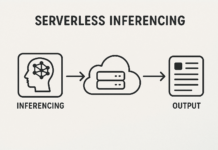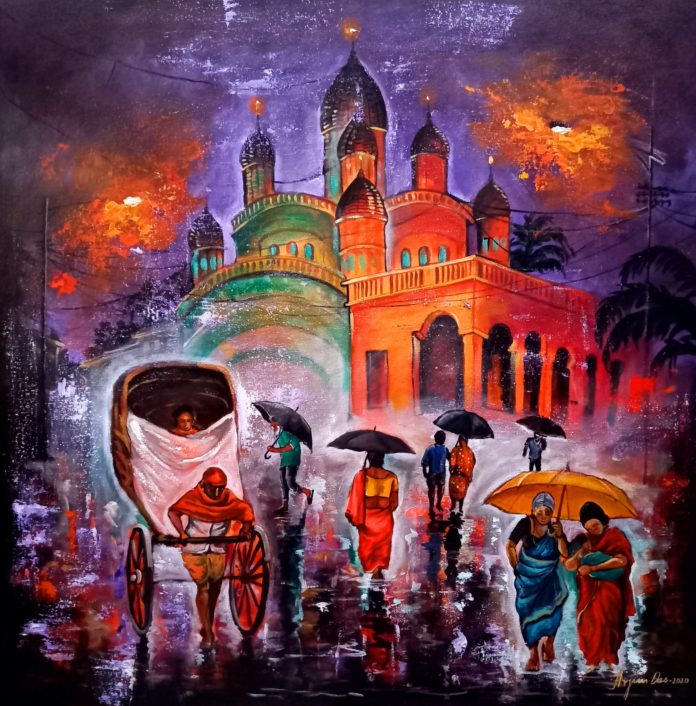With the online art market making art more accessible and affordable, more and more buyers are using this platform to buy works they love. This has made the internet a great opportunity for emerging artists to sell paintings online, who are looking to tap the potential of this quickly growing market. But without proper guidance, it could prove to be overwhelming. Don’t fret, we have got you covered!
We have put together tips to help you get started in the rapidly expanding online art market.
- Be positive
Remember that nothing succeeds like success, so always keep your story positive. The world around has enough depressing news to offer, so make sure that your art is an escape from all that unpleasantness. Try to celebrate your every success no matter how small, be it a sale, small-scale exhibition, latest project on the mind, an artwork-in-progress, or meeting your favourite artist. No matter how bad was your da, don’t ever be tempted to say anything negative instead celebrate your every moment with your followers.
- Have Your Own Website
With the online art market growing at unprecedented levels, there are many different hosting platforms available out there. Offering excellent services including eCommerce facilities at affordable rates, these providers can help you have your own art website in place, which doesn’t just function as a gallery but also as a shop that sells paintings online.
- Start blogging
Many artists believe that a great way to tell your story is to write a blog. You can either use WordPress or any other blogging site or even have the page integrated into your own site. It is not necessary to write a long essay like blogs but posting regularly is very important, for example, once a day, or maybe once a week.
Avoid being an occasional blogger who posts only three times a year, there is nothing more frustrating for the audience than this. In fact, your inconsistency will make you lose followers. So, keep focused. If you do not have a project in mind, blog about your inspiration, or maybe art in general. However, avoid blogging anything such as personal family stuff, etc. simply for the sake of posting but ensure that your every blog is directly related to art and what inspires you.
- Social Media
Thanks to the internet, there are lots of social media platforms to choose from such as Facebook, Instagram, Twitter, Tumblr, Youtube, etc. Though you don’t need to maintain an account on each of these outlets, make sure whichever you choose to be, you do it well and post regularly. However, don’t go about posting twenty times a day, else it would sound like spamming and put you at risk of being unfollowed by your audience. Limit to once or twice a day, maybe three times on Twitter and Facebook.
The important thing to remember while using social media platforms is to be sociable. If someone comments on your post it’s always good to respond, with a ‘thank you’ or a ‘like’. In case you get a negative comment, stay calm, and respect the person’s opinion, put your point tactfully. Lastly, ensure to support other social media users and return the favour by following other artists, or any supporter who like, comment on and share your posts and. A word of caution, never mix business and personal stuff on your social accounts.
- Don’t Forget Pinterest
Know that Pinterest is not just for recipes! Having about 250 million users every month, with more than 25 million users in the US, it’s not a social media platform but actually a search engine. In every sense, it is well worth joining to get your work noticed and develop a decent fan following. Apart from this if put to good use, this image sharing platform can be a really good source of information about art marketing where you can learn about blogging, pinning, etc.
- Put In Some SEO
Try to use some art-related and relevant ‘keywords’ in your posts so that search engines like Google can easily find you. As a website that is well optimized for search engines is interpreted as speaking the same language as its potential visitor base, and the keywords for SEO used in the post helps connect searchers to your site. In case you have no idea about optimizing your site, you can explore some online material on sites like Moz and get started.
- Sell Paintings On Online Galleries
Of late, there has been loads and loads of online galleries that have come up. Depending on your preferences, you can easily choose from the long list of online galleries available on the internet. Mind you, it will be a bewildering choice, with some working better than others while some charging higher sales commission. For novice artists, it gonna be difficult to be seen on massive online galleries like Saatchionline, so it’s better to go for growing ones like Indianartideas that prefer to give chance to newbies. Do your own research and register on at least two-three sites.
- Don’t Restrict To One
Putting all your efforts and energies into a single website, gallery or social media platform is really foolish as placing all your eggs in one social media basket will leave you devastated. They frequently change their algorithm, pricing policies, curators, marketing strategies, hence what might work for you one year is likely to be outdated in the next. For example, if you maintain your artist business page only on Facebook, a sudden change in the policies of Facebook might shut down your account. Mostly, there is no possibility of restoration and you will be at a severe loss with losing thousands of followers and their contact details.
Hence, it is always sensible to be on several platforms and sites and encourage your followers to follow you on different platforms. But make sure that you take measures to make your followers aware of your presence on all those platforms, for example by attaching an email signature with links to your social media accounts, or embedding SM links in your every blog.
Hope our guide would have equipped with all the necessary information to help you get started selling paintings online. Good luck!
























































